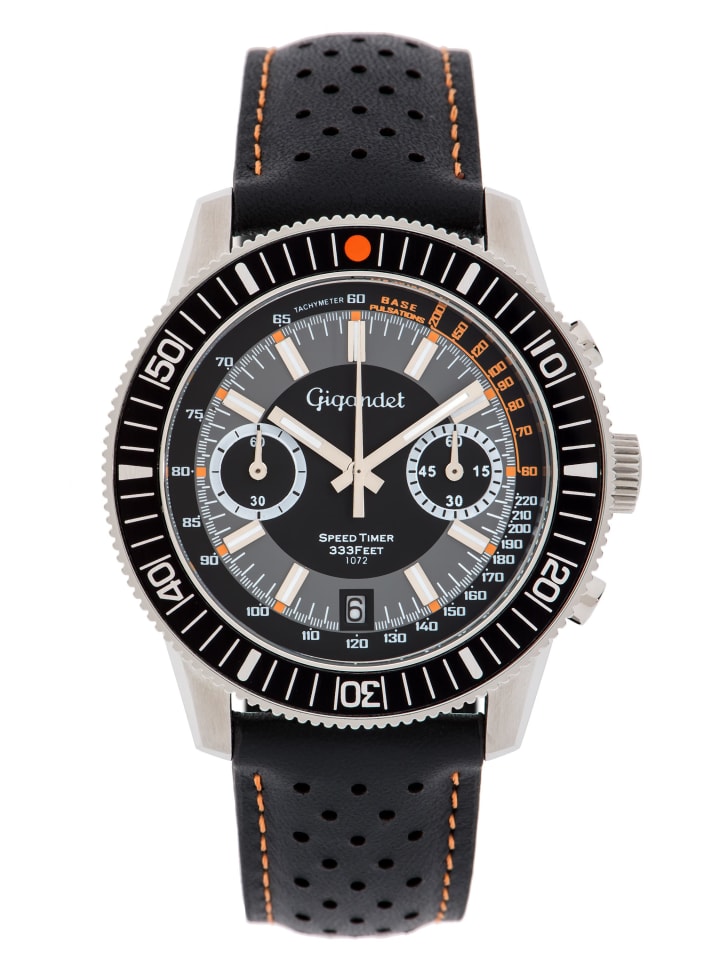

I used an Osram SFH 203 photodiode, which cost about 50c. The photodiode used in the Thorlabs photodetector costs around $30, but that’s overkill for us. For the actual detector, a photodiode is much more sensitive, accurate and responsive than a photoresistor, so that’s what we’ll use. I decided to build a budget version, based around an Arduino. If you don’t have these already, this is much too expensive for most people if they just want to check their own flashes and compare them to others. The pulse from a well designed LED flash will have a roughly square profile.Ī photodetector will set you back $100 and upwards, and an oscilloscope is hundreds more. This behaviour is what limits the maximum speed from a xenon flash. Xenon flashes have a distinctive flash with an initial bright spike, followed by a plateau, the length of which depends on the flash power, followed by a slow decay from the afterglow once the power is shut off. I do this using a Thorlabs photodetector connected to an oscilloscope, which has the benefit of being extremely accurate and giving a complete plot of the brightness over time. Measuring flash speedĭeveloping the world’s fastest flash means I spend a lot of time testing how fast flashes are.
Speed timer trial#
Sure you can test this by trial and error, but it’s a lot easier if we measure it first as it means we can easily calculate what sort of speed of object we can capture with the flash. The longer the pulse, the more motion blur you’ll get in your shot. The really important thing is the pulse width. If it’s inconsistent then it’s more of a problem, as this makes it very hard to align shots. If you’re capturing a bullet you can compensate for lag by simply moving the camera further from the gun. This is why for high-speed photography you need your flash to be on its lowest power setting.įor most high speed photography, lag isn’t a major problem as long as it’s consistent. When you vary the “power” of a speedlight it doesn’t actually change the brightness of the flash, it just changes the pulse width. This is analogous to shutter speed, and combined with the luminosity of the flash gives the exposure. The other is the pulse width, which is the amount of time that the lamp is shining. This is analogous to shutter lag on a camera. This is the time between the trigger signal at the hotshoe or sync cable and the light emerging from the flash.

When we talk about flash speed, we can be referring to two different things. Excluding the Arduino itself, the total cost came to around $3. As well as being useful for photographers, this has been an interesting exercise in using high speed, accurate AVR timers, interrupts and input capture on Arduino. It is possible to use two tube holders simultaneously with our dual holder accessory.I’ve built a low cost, high-speed timer for camera flashes as an Arduino shield. The SB3 has a digital timer and speed display allowing procedures to be accurately repeated for optimal results.Ī choice of six tubes holders are available to fulfill most applications. The SB2 rotator has a constant speed of 20rpm

An integral tray catches any spillage from the rotating tubes
Speed timer full#
The angle of rotation is fully adjustable with a scale to measure and reproduce the mixing angle, from horizontal for minimal mixing to vertical for full end-over-end mixing. The rotators can be used in incubators up to 40☌ and in cold rooms down to 4☌. blood, aerating cultures and for general mixing applications. The SB rotators give gentle but effective mixing, ideal for keeping biological samples in suspension e.g. SB3 comes with adjustable speed between 2 and 40rpm Choice of tube holders to hold a number of different sized tubes


 0 kommentar(er)
0 kommentar(er)
